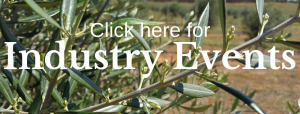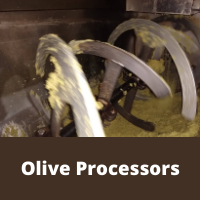Things had been looking pretty good for Queensland olivegrowers prior to Christmas 2009. Flooding across northern Australia mainly occurred towards the south east corner and south western areas of the state, thankfully missing the bulk of Queensland’s olive groves west of the great dividing range. While rainfall certainly filled dams, it wasn’t torrential like that which hit growers in northern New South Wales.
Having escaped flood damage, however, Queensland growers are now faced with the blights of fungal disease and lace bug. Both caused by hot weather and high humidity following the rains, they are rapidly infesting the state’s olive groves, and growers are anxiously waiting to see if their fruit will make it through to harvest.
Gino Russo of Olive Care Australia said this season is proving more difficult than usual for the state’s growers.
“Last year we had a bit of rain, and the year before it was excessive in some areas, but generally this year it’s worse for these problems,” he said. “It’s certainly a considerable concern in comparison to the previous few years.
“With high humidity like this year, you start getting fungal disease affecting the olives and the fruit will prematurely drop. Humidity and heat are also associated with lace bug infestation, which damages the leaves. When you’ve got no leaves you’ve got no protection for the fruit, which then leads to other potential problems like sun damage.”
Queensland’s crop expectations are therefore down substantially, due to both the fungal and lace bug infestations and the effect of the olive’s biennial cropping nature. As Russo says when you combine an already-light crop with the problems of hear and excessive water, you won’t get a great yield.



